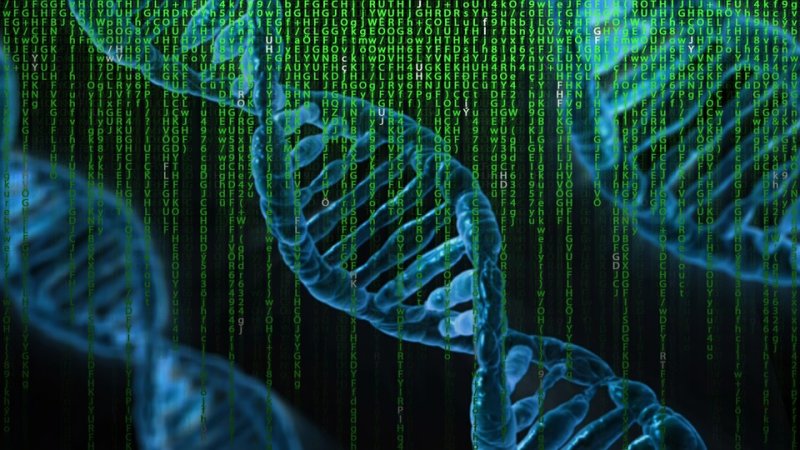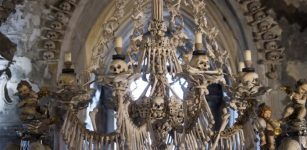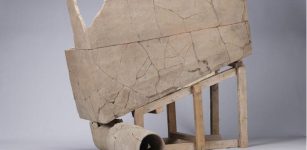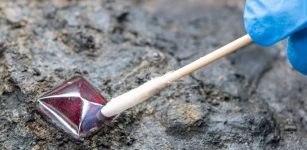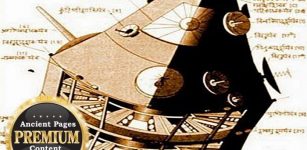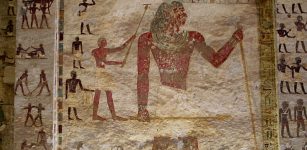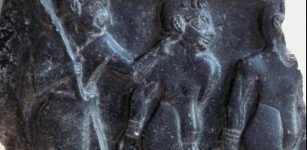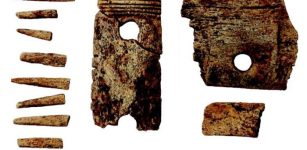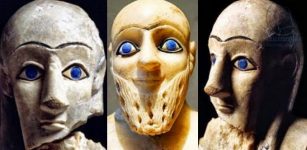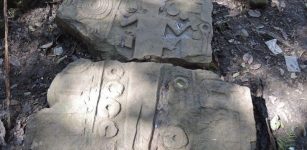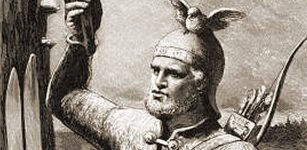Has AI Found An Unknown Human Ancestor?
Conny Waters - AncientPages.com - Scientists are using artificial intelligence to unravel the mystery of human evolution. According to the latest report, AI (artificial intelligence) may have found an unknown human ancestor whose existence, if and when confirmed, may shed new light on modern human DNA.
As previously reported on Ancient Pages, last year, researchers unexpectedly discovered two separate episodes of Denisovan genetic intermixing.
They determined that the genomes of two groups of modern humans with Denisovan ancestry - individuals from Oceania and individuals from East Asia - are uniquely different, indicating that there were two separate episodes of Denisovan admixture.
DNA. Credit: Public Domain
The story of our ancestors became even more complicated when scientists found a hybrid in the caves of Denisova. Examinations revealed it was the offspring of a Neanderthal mother and a Denisovan father. It was not an isolated case but rather part of a more general introgression process.
Now, researchers say modern human DNA computational analysis suggests that the extinct species cross-bred with Out of Africa modern humans in Asia.
"About 80,000 years ago, the so-called Out of Africa occurred, when part of the human population, which already consisted of modern humans, abandoned the African continent and migrated to other continents, giving rise to all the current populations," explained Jaume Bertranpetit, principal investigator at the IBE(the Institute of Evolutionary Biology) and head of Department at the UPF. "We know that from that time onwards, modern humans cross bred with Neanderthals in all the continents, except Africa, and with the Denisovans in Oceania and probably in South-East Asia, although the evidence of cross-breeding with a third extinct species had not been confirmed with any certainty."
However, the idea that a third ancestor once lived alongside with humans, has so far only been a theory and AI can help researchers to confirm his existence. This can be done by deep learning, “an algorithm that imitates the way in which the nervous system of mammals works, with different artificial neurons that specialize and learn to detect, in data, patterns that are important for performing a given task,”Òscar Lao, principal investigator at the CNAG-CRG stated.
“We have used this property to get the algorithm to learn to predict human demographics using genomes obtained through hundreds of thousands of simulations. Whenever we run a simulation we are travelling along a possible path in the history of humankind. Of all simulations, deep learning allows us to observe what makes the ancestral puzzle fit together, “ Lao explained.
According to the Center for Genomic Regulation, “an extinct hominid could explain the history of humankind
The deep learning analysis has revealed that the extinct hominid is probably a descendant of the Neanderthal and Denisovan populations.”
"Our theory coincides with the hybrid specimen discovered recently in Denisova, although as yet, we cannot rule out other possibilities," said Mayukh Mondal, an investigator of the University of Tartu and former investigator at the IBE.
Written by Conny Waters – AncientPages.com Staff Writer

